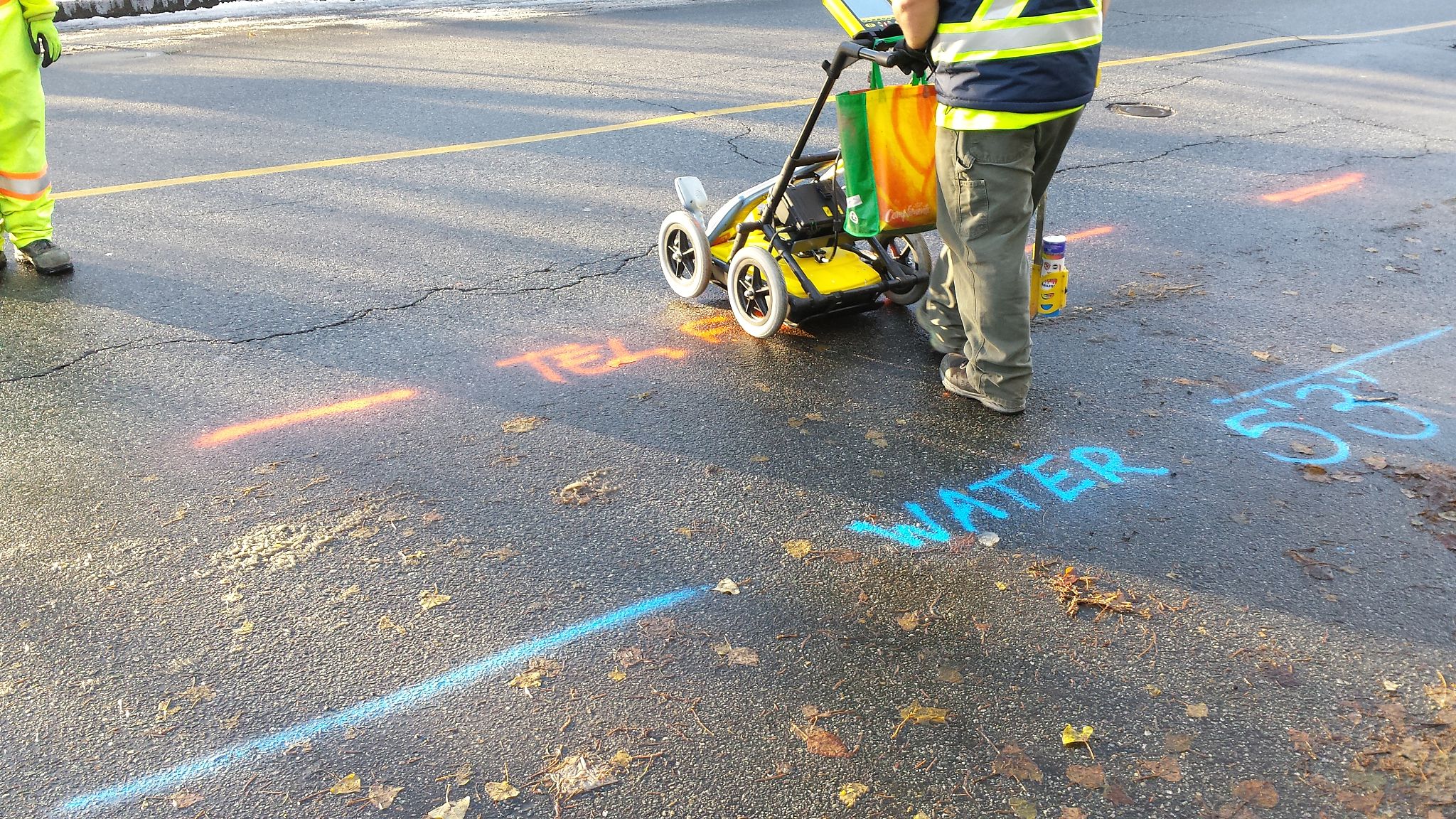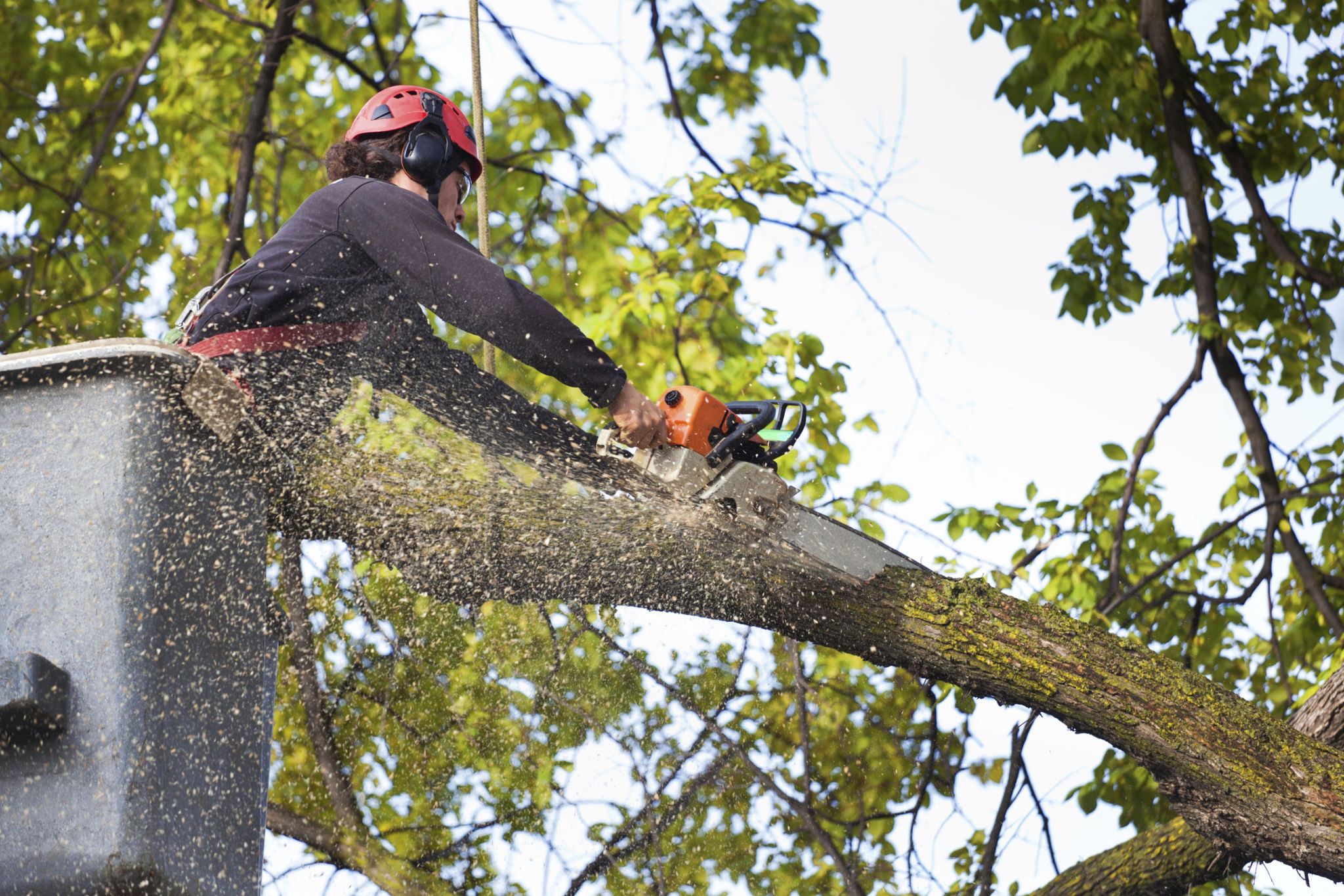Community Focus: How Utility Locating Enhances Safety in Local Neighborhoods
The Importance of Utility Locating
In today's rapidly growing neighborhoods, ensuring the safety and functionality of essential services is paramount. One crucial aspect that often goes unnoticed is the role of utility locating. This process involves identifying and mapping underground utilities such as water, gas, electricity, and telecommunications lines before any excavation work begins. By doing so, utility locating significantly reduces the risk of accidental damage, ensuring that communities remain safe and well-serviced.
Without proper utility locating, even minor construction projects can pose serious threats. Imagine a scenario where a water line is mistakenly ruptured during a home renovation project. Not only does this lead to costly repairs, but it also disrupts essential services for several homes, impacting daily life and potentially leading to hazardous situations.

How Utility Locating Works
Utility locating involves the use of advanced technology and skilled professionals who can accurately pinpoint the location of underground utilities. Techniques such as ground-penetrating radar (GPR) and electromagnetic detection are commonly employed to identify and map these crucial components without any physical disturbance to the ground.
Once the utilities are located, they are marked with color-coded flags or paint on the surface, indicating the type of utility and its exact position. This information is then used by construction teams to plan their work accordingly, avoiding any interference with existing infrastructure.

Preventing Accidents and Ensuring Safety
The primary goal of utility locating is to enhance safety in local neighborhoods. By preventing accidental strikes on utility lines, communities are spared from potential disasters such as gas leaks, electrical outages, or water contamination. These incidents not only pose risks to public safety but can also lead to legal liabilities and significant financial losses for construction companies.
Moreover, utility locating plays a vital role in protecting the environment. Avoiding damage to sewage lines, for instance, helps prevent contamination of natural water bodies, safeguarding local ecosystems and wildlife.

The Role of Utility Locating in Infrastructure Development
As neighborhoods expand and infrastructure projects become more complex, the demand for precise utility locating services continues to rise. This process ensures that new developments are seamlessly integrated into existing networks without disrupting the services that residents rely on every day.
Utility locating also contributes to cost-efficiency. By preventing accidental damages and ensuring that projects are completed on time, developers can avoid unnecessary expenses and delays. This efficiency ultimately benefits the entire community by promoting sustainable growth and development.
Community Involvement and Education
While utility locating is primarily a technical process, community involvement and education are equally important. Residents should be informed about the significance of this service and encouraged to report any suspicious excavation activities in their neighborhoods. Public awareness campaigns can play a crucial role in fostering a culture of safety and responsibility.
Additionally, local governments can collaborate with utility companies to provide training sessions for contractors and construction workers. Such initiatives ensure that everyone involved in a project understands the importance of adhering to utility locating protocols.

Conclusion
Utility locating is an essential service that enhances safety and supports the smooth functioning of local neighborhoods. By preventing accidents, protecting the environment, and facilitating infrastructure development, it plays a vital role in community welfare. As we continue to build and expand our neighborhoods, embracing utility locating practices will ensure a safer and more sustainable future for everyone.
